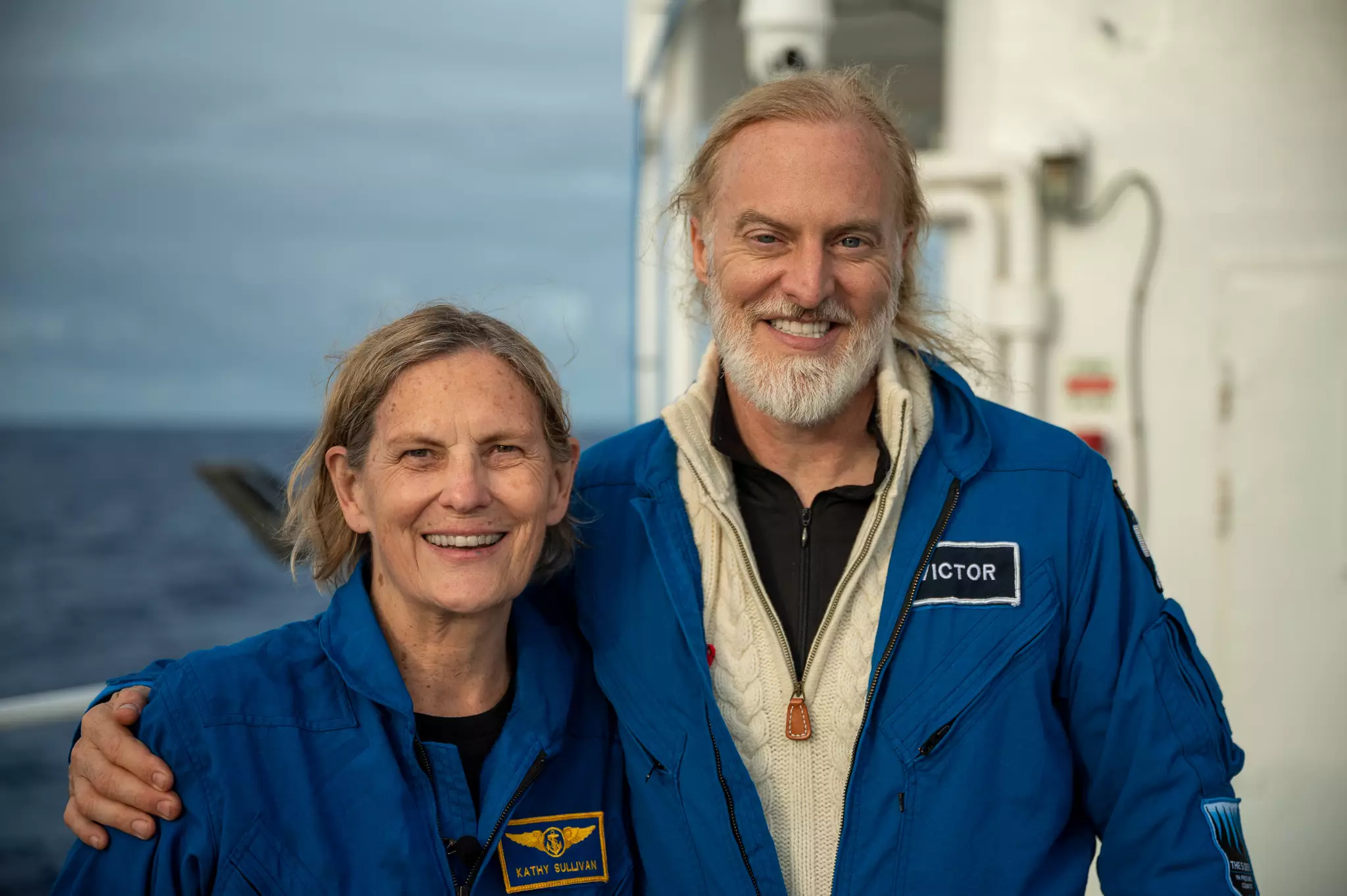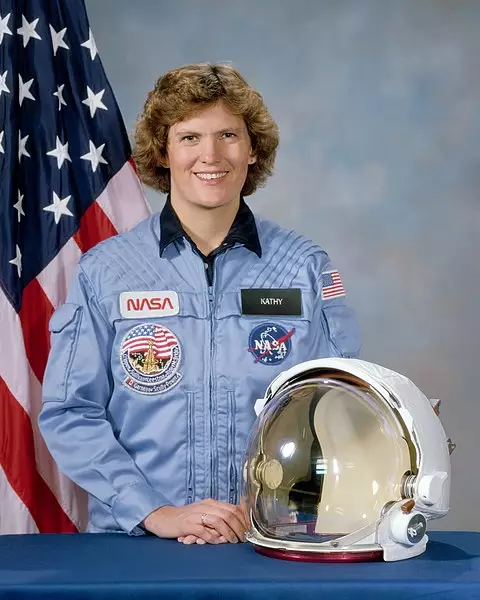
Kathryn Sullivan has done what no woman has done before: gone to the bottom of the ocean. We're not talking about the seabed just off the beach, we're talking way, way down into the depths.
The former NASA astronaut has gone an on expedition to Challenger Deep, which is the lowest point in the Mariana Trench.
Descending to a dizzying 35,000 feet under the surface of the water, Sullivan and Caladan Oceanic pilot Victor Vescovo reached the bottom of the ocean bed in their underwater craft called Limiting Factor and had a communication with the International Space Station while it was in low orbit.
Advert
After completing the lengthy dive to Challenger Deep, Kathy Sullivan said: "As a hybrid oceanographer and astronaut this was an extraordinary day, a once in a lifetime day, seeing the moonscape of the Challenger Deep and then comparing notes with my colleagues on the ISS about our remarkable reusable inner-space outer-spacecraft."

Her pilot, Victor Vescovo, added: "We made some more history today...and then got to share the experience with kindred spirits in the ISS. It was a pleasure to have Kathy along both as an oceanographer during the dive, and then as an astronaut to talk to the ISS."
Not only has Ms Sullivan become the first woman to reach Challenger Deep, she's also the only person on the planet to have done that and been in space. Not a bad achievement.
Advert
Before the 68-year-old was fired into the cosmos, she participated in several oceanographic expeditions that studied the floors of the Atlantic and Pacific oceans while doing her Ph.D. in Geology from Dalhousie University.

She ended up joining the U.S. Naval Reserve as an oceanography officer before becoming an astronaut with NASA. When she eventually left NASA in 1993, she had completed three space shuttle missions and logged 532 hours in space.
EYOS Expeditions helped facilitate the Challenger Deep and International Space Station communication.
Advert
Expedition leader Rob McCallum said about the achievement: "It was amazing to set up a conversation between two 'spacecraft'; one operating as a platform for research in outer space, the other an exploration vehicle for 'inner space'.
"Two groups of humans using cutting edge technology to explore the outer edges of our world. It highlighted the vast span of human endeavour while at the same time linking us close together as fellow explorers. We are well used to our clients being ambitious in their quest to explore...but this was a new 'first'."
The two crafts couldn't be more different. The ISS works in zero gravity, while the Limiting Factor operates at a crushing pressure equivalent to having 2,200 tonnes pressing down on the hatch.
Featured Image Credit: NASATopics: News